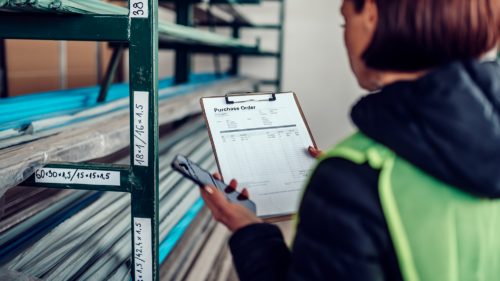High time and cost from extensive dynamometer testing
Brake pad development involves selecting and combining material compositions and processing methods, followed by prototype fabrication and dynamometer testing to evaluate friction characteristics. The process typically requires hundreds of tests and relies heavily on the experience and intuition of researchers—resulting in long development cycles and high costs. In addition, narrowing the technology gap with leading competitors demands further optimization of the R&D process.
Reducing physical testing with an AI prediction model
An AI model was trained to predict the friction characteristics of brake pads using preprocessed historical test data. By forecasting the outcomes of planned dynamometer tests, the model reduces the number of physical tests required and accelerates the development process. To ensure usability for non-AI specialists, intuitive tools and interfaces were introduced, making prediction results easily applicable to real-world R&D workflows.
Predicting brake pad performance that meets UIC standards
A predictive model was developed to meet international performance standards set by the International Union of Railways (UIC), achieving accuracy within an acceptable margin of error. Explainable AI (XAI) was applied to improve result transparency and reliability, while additional metrics were introduced to quantify prediction uncertainty when working with new data. A user-friendly dashboard allows researchers to run prediction tests, compare results against UIC standards, and make faster, more informed development decisions.





